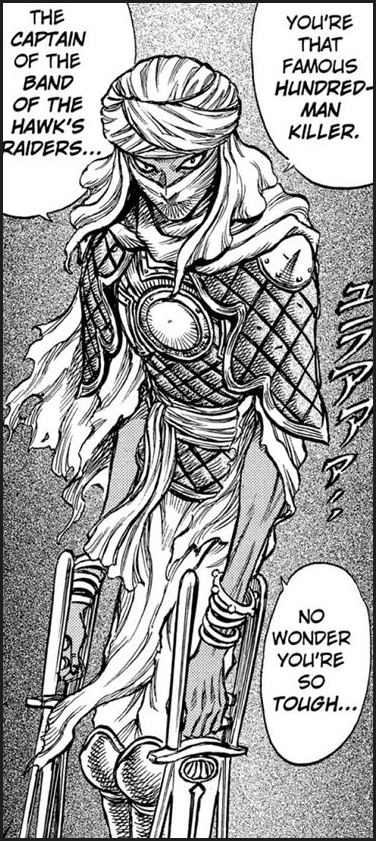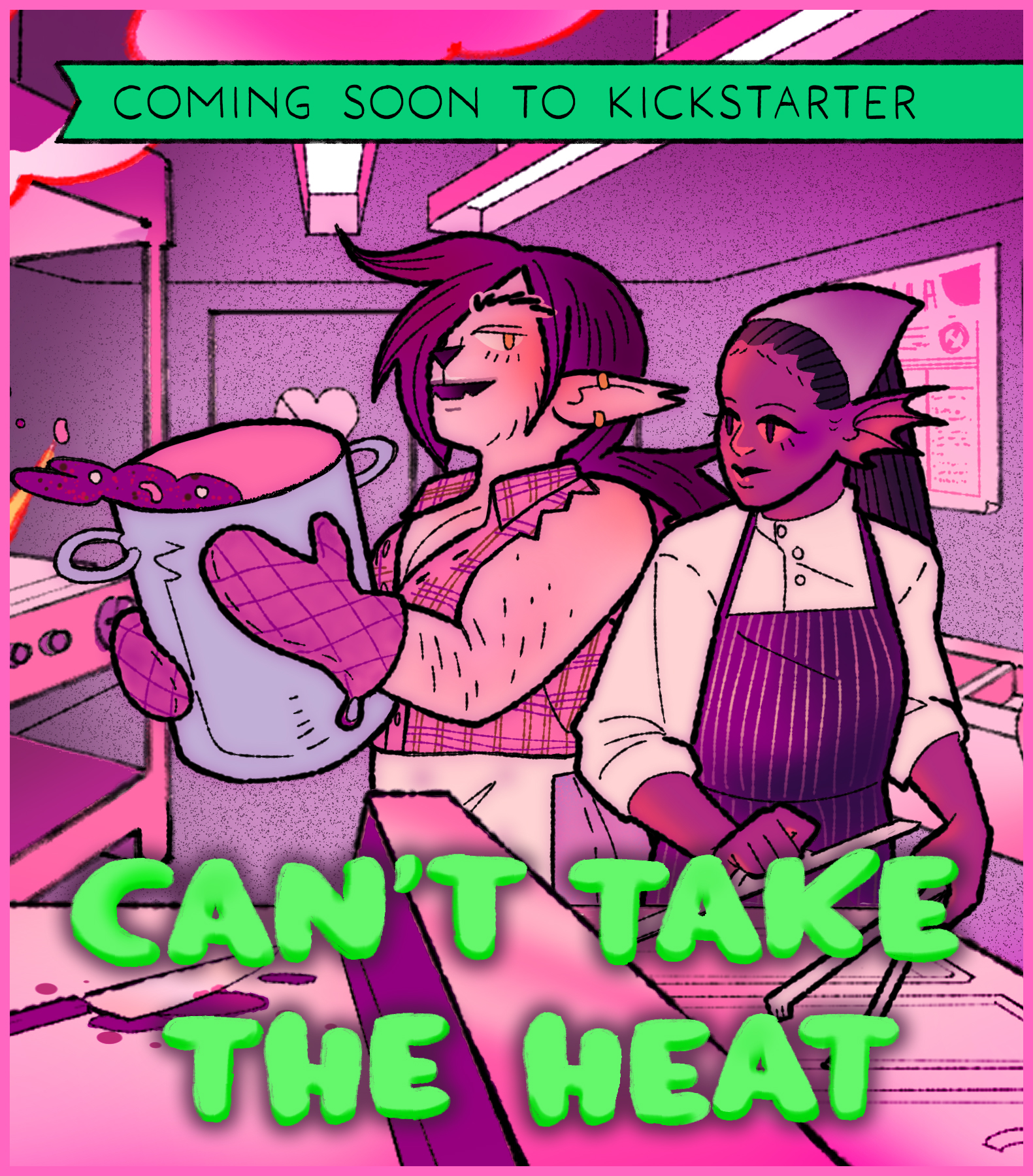Imagine a character that has been through it all: hard fought victories against deadly foes, slaying monsters of legend, delving into depths unknown, and wielding the old magics of the world in the form of their weapons, gear, or arcane trickery. One of the coolest experiences to have at the table with a character like that is when their reputation proceeds them. When their titles are shouted out in backwater towns, when the lord of the land calls upon them to solve a problem, when their past catches up to them because it’s been hard-won in the crucible of action.
There is nothing quite as striking and commanding as a name on the lips of many.

There’s a ton of ways to handle reputation in RPGs. In some of them, it’s very mechanical—Worlds Without Number ties your renown to your party’s big downtime project, and you spend it like currency. Others are much looser: in FATE, you might make your high concept “The Great Mage of the Rotting Forest” and then other players and the GM can tack onto that high concept when they’re invoking it. In old school D&D, titles were baked right in to class levels, to varying degrees of success.
This post is my poker chips thrown into the pot.
The Mechanic
Alright, let’s lay it out. I’m striving for something player facing, simple to use, and has the capacity to twist a reputation beyond the truth of the actual events or how the characters want to be known. To do this, we’re going to leverage Trophy Gold combat.
First of all you’ll need to figure out what level of fame your game is operating under, which will decide the reputation dice size. For a legendary big damn heroes game, use a d6. For a nobodies in a big world game, use a d20.
The players keep track of their group exploits on a reputation charter, in numbered and chronological order. Each time the group does something extraordinary that would be gossiped about, write down the exploit and number it accordingly. Try to keep it brief enough to fit on one line, and write it in the “truth” of how the story would be told. “We defeated The Dragon by cunning and recovered the Hermit’s Sword from his hoard.”
Whenever there’s a chance that the group might be known by their reputation (entering a new town, meeting someone important, facing a powerful enemy) the dice come out. All dice are the same size, as determined by the scope of fame your game is operating under.
The players pick up a number of dice equal to how many exploits they have on their reputation charter. The GM picks a single die.
The players roll first, keeping track of which numbers they rolled on the dice. After that, the GM rolls. If the GM’s roll is less than or equal to the total number of exploits on the reputation charter, the group is recognized. The exploit they are known by, if necessary, is the one matching the die roll. If the GM die matches any of the exploit dice rolled by the players, the group is recognized, but the story is twisted. The truth bends, deeds are exaggerated or underplayed, and the group might be painted in a better light or a worse one. If multiple exploit dice come up with the same number and the GM rolls that number, the exploit permanently changes as the twist takes hold as canon.
Here’s the two rules written in purely technical terms:
Add an Exploit
When the group performs a great deed and it is known to the world, record the deed on your reputation charter. Make sure to number it.
Checking your Reputation
When the group encounters a situation where your past deeds might be known, the GM and players pick up the dice.
The players pick up a total number of dice equal to how many exploits they have. It doesn’t matter who rolls the dice, either a single player or spreading them across the entire group.
The GM picks up a single die.
Roll the dice. If the GM’s die was less than or equal to the number of exploits on the reputation charter, the group is known. The exploit that matches the GM’s die is the one they are most known by.
If the GM’s die matches any of the player’s exploit dice, one of their exploits is twisted out of true. If multiple exploit dice match the GM’s die, the exploit is permanently twisted out of true. Erase and record the new version of it.
That’s it! It’s a pretty simple system, and allows reputation rolls to be relatively quick once everyone gets the hang of things. I find it interesting for a few reasons:
- One roll determines everything, so you’re not checking and cross referencing multiple stories, exploits, and characters.
- The more exploits you have, the easier it is to be recognized, and the GM can check the reputation charter to see exactly how they’re recognized and riff off of that.
- The more exploits you have, the higher chance you have of your reputation being twisted. As fame spreads and stories spread, they begin to suffer the telephone effect.
- There is a chance (small to high, depending on your scope of fame) that a exploit can be permanently twisted, and depending on how often you use this reputation mechanic, you could see an entire history of your adventuring party shift so far beyond the truth that the players themselves might forget the real story.
Considerations
If you’re running a big damn heroes game with a d6 exploit die, you’re going to fill your reputation charter pretty fast. I would recommend only allowing a maximum of 1 less than your die size in exploits on the sheet at any time. So a d6 would allow for 5 max, a d12 would allow for 11 max. This means that there’s always a chance that someone just doesn’t know who the hell you are.
Since you can fill the reputation table, there needs to be a way deplete it as well, especially if you’re using a d6. I would say that for each new exploit that would overflow the table, the players can choose which one to replace. An alternative, if you don’t want to remove old entries, is to start doubling them up. When you’re at max, start at 1 again, so that you end up with multiple entries on the same number. And then the GM can choose which one, or roll randomly, when the die comes up with that number.
Twist Table
Here’s a table of twists to use if you want to randomize that aspect of the reputation. If the exploit already follows the twist, magnify it. For example, a 1 rolled on an already noble and heroic deed becomes the epitome of heroic and noble.
| Roll | Twist |
|---|---|
| 1 | The exploit paints the characters in a heroic and noble light. |
| 2 | An important element of the exploit is missing, substituted, or subverted. |
| 3 | All of the glory is given to a single character as opposed to the group. |
| 4 | The proper name of something is altered or changed completely. |
| 5 | The location of the exploit changes, for the worse. |
| 6 | The exploit is unchanged, but the group themselves are confused as a rival party.1 |
| 7 | The exploit takes on an inappropriate tone that trivializes or satirizes the truth.2 |
| 8 | The purpose and reasoning that the group pursued the exploit is subverted. |
| 9 | The exploit has an element twisted that makes the local power hate the group. |
| 10 | The exploit is completely inverted. |
| 11 | The exploit paints the characters as villainous and dangerous. |
| 12 | Roll again, and the exploit is permanently changed on the group’s reputation charter. |

Did you enjoy this post? Consider signing up to the mindstorm, my semi-regular newsletter!
